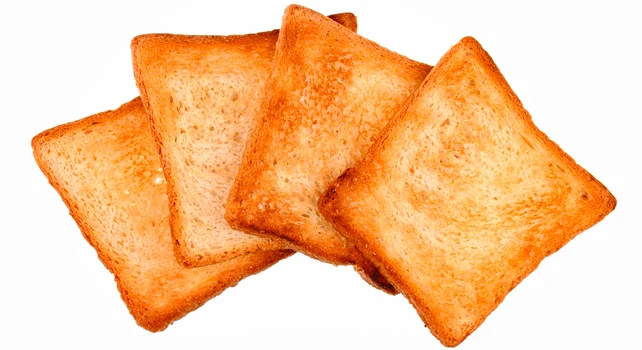
On Foursquare, I rarely check in anymore. I’m nearly in last place on my leaderboard–a feature designed to create competition among friends who earn points for check-ins–and I can’t remember the last time I unlocked a badge.
The odd thing is, however, I’m now using the app more often than I ever have before. Obtusely, I used to think of Foursquare as a check-in service–a way to keep track of my and my friends’ whereabouts. But the startup has evolved the service into something much greater, and something that’s arguably much more valuable: a mobile, socially powered version of Yelp.
The feature that’s most driving this evolution is Explore, a simple, well-designed tool that enables you to find nearby restaurants, bars, and other venues recommended by friends and tastemakers. Sure, Google Maps, MenuPages, and Yelp offer similar mobile search features–Yelp’s is the best among these three options–but none of these apps are anywhere near as polished or easy to navigate as Foursquare’s UI.
That’s partly why Foursquare has started to promote use-cases around Explore (“Find the perfect flowers on Mother’s Day!”), whereas before, the startup’s blog centered on new badges and the like. This week, for example, Foursquare launched a partnership with OpenTable to offer reservations at over 15,000 places across the country. Users can now use Explore to find a restaurant, look up recently added business hours, peruse the menu (a feature unveiled in January), and book a table for two.
Cofounder and CEO Dennis Crowley has highlighted this trend of Yelpification. In March, Crowley said he’s noticed the service’s user base drifting away from check-ins. “People are using the app, but they’re not checking in,” Crowley told TechCrunch. “I asked myself: Did we break something? But in fact, it’s because people are using Foursquare to look for where their friends are, to find things, and as a recommendation service. It’s almost like it doesn’t occur to them to check in.”
It’s a sign not just that users are more and more taking advantage of Foursquare’s newest features, such as Explore, Tips, and Lists (“Top 10 Burgers,” “Must-See Tourist Attractions”), but that they are becoming more discerning with their check-ins. I’ve noticed my friends’ check-ins are occurring less often but are far more interesting now: They’ll only check in if the event is interesting enough (Caps vs. Bruins playoff game), if the venue is especially cool, or if a spot is explicitly in my neighborhood, which acts as a sort of polite nudge to get me to join.
In other words, we’ve moved beyond the daily (and boring) coffee-shop check-in. It’s no longer a rote task that cheapens the check-in. If a venue wants to get users to check in, they’re going to have to earn it–and they’re starting to, thanks to deals and discounts in partnership with American Express.
That makes the data powering Foursquare–from its 20 million users and 2 billion check-ins–especially powerful and valuable to both users and brands.
But that’s not to say Foursquare’s competition in the mobile space isn’t ramping up too. Yelp’s cumulative reviews rocketed 59% last quarter, to 27.6 million. Google just bought Zagat. And Seamless, which recently acquired MenuPages, could finally make MenuPages’ app usable.
[Image: Valentina_S via Shutterstock]
Recognize your company's culture of innovation by applying to this year's Best Workplaces for Innovators Awards before the extended deadline, April 12.